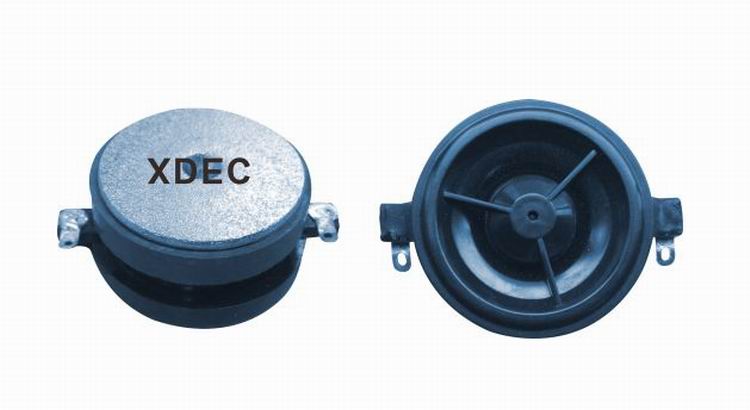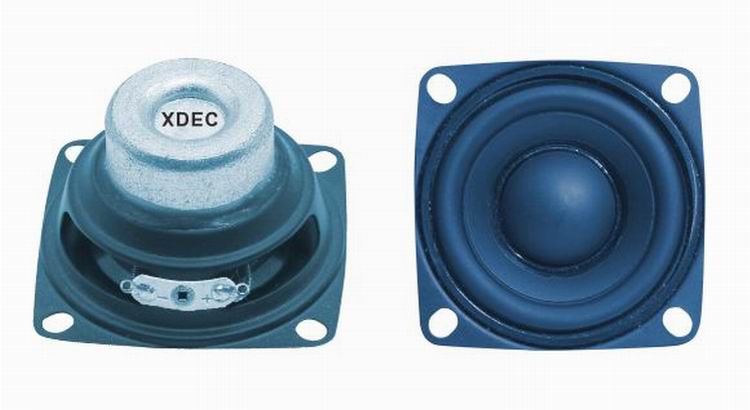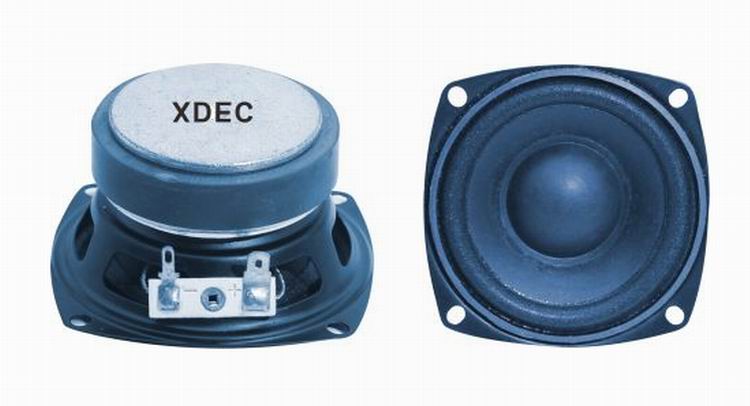There are two ways to control the gray level of the LED: one is to change the current flowing, and the other is pulse width modulation. 1. Change the current flowing through the LED. Generally, the LED tube allows the continuous working current to be around 20 mA. In addition to the saturation of the red LED, the other LED gray scale is basically proportional to the current flowing; the other method is to use the visual inertia of the human eye, using the pulse width The modulation method is used to implement gray scale control, that is, periodically changing the width of the light pulse (ie, the duty ratio), as long as the period of repeated lighting is short enough (ie, the refresh frequency is sufficiently high), the human eye does not feel that the pixel is Jitter. Since pulse width modulation is more suitable for digital control, in today's widespread use of microcomputers to provide LED display content, almost all LED screens use pulse width modulation to control gray levels. The LED control system usually consists of three main parts: the main control box, the scanning board and the display control unit. The main control box obtains the brightness data of each layer of pixels from the display card of the computer, and then re-allocates the data to a plurality of scanning boards, each of which is responsible for controlling several rows (columns) on the LED screen, and each row (column) The display control signals of the upper LEDs are transmitted in a serial manner. There are currently two ways to serially transmit display control signals: 1. One is to control the gray level of each pixel point on the scanning board, the scanning board decomposes the gray value of each row of pixels from the control box (ie, pulse width modulation), and then turns the turn-on signal of each row of LEDs into a pulse form. (Lighted to 1, not lit to 0) Serially transmitted to the corresponding LED by line to control whether it is lit. This method uses fewer devices, but the amount of data transmitted serially is larger because each pixel requires 16 pulses at 16 levels of gray during a repeated lighting period, requiring 256 levels of gray. 256 pulses, due to the device operating frequency limit, generally only enable the LED screen to achieve 16 gray levels. 2. One is pulse width modulation. The serial transmission of the scan board is not the switching signal of each LED but an 8-bit binary gray value. Each LED has its own pulse width modulator to control the lighting time. Thus, in a period of repeated lighting, each pixel point requires only 4 pulses in 16-level gray scale, and only 8 pulses in 256-level gray scale, which greatly reduces the serial transmission frequency. With this method of controlling the gradation of the LED, it is convenient to implement 256-level gradation control.
According to the working frequency response ranges, speakers can be classified into tweeters, mid ranges, woofers and full ranges.
FAQ
Q1. What is the MOQ?
Speakers By Frequency,High Bass Speakers,Small Loudspeakers,High Frequency Speaker Shenzhen Xuanda Electronics Co., Ltd. , https://www.xdecspeaker.com


XDEC: 2000pcs for one model.
Q2. What is the delivery lead time?
XDEC: 15 days for normal orders, 10 days for urgent orders.
Q3. What are the payment methods?
XDEC: T/T, PayPal, Western Union, Money Gram.
Q4. Can you offer samples for testing?
XDEC: Yes, we offer free samples.
Q5. How soon can you send samples?
XDEC: We can send samples in 3-5 days.
What is the relationship between the grayscale and brightness of the LED display?
LED gray scale can also be called LED brightness. Gray level is also called half-tone. It is mainly used to transfer pictures. There are 16 levels, 32 levels and 64 levels. It uses matrix processing to process the pixels of the file into 16, 32, and 64 levels. The level makes the transmitted picture clearer. Whether it is a monochrome, two-color, or three-color screen, to display an image or an animation, it is necessary to adjust the illuminance of each LED constituting the pixel, and the degree of fineness of the adjustment is what we usually call the gradation.